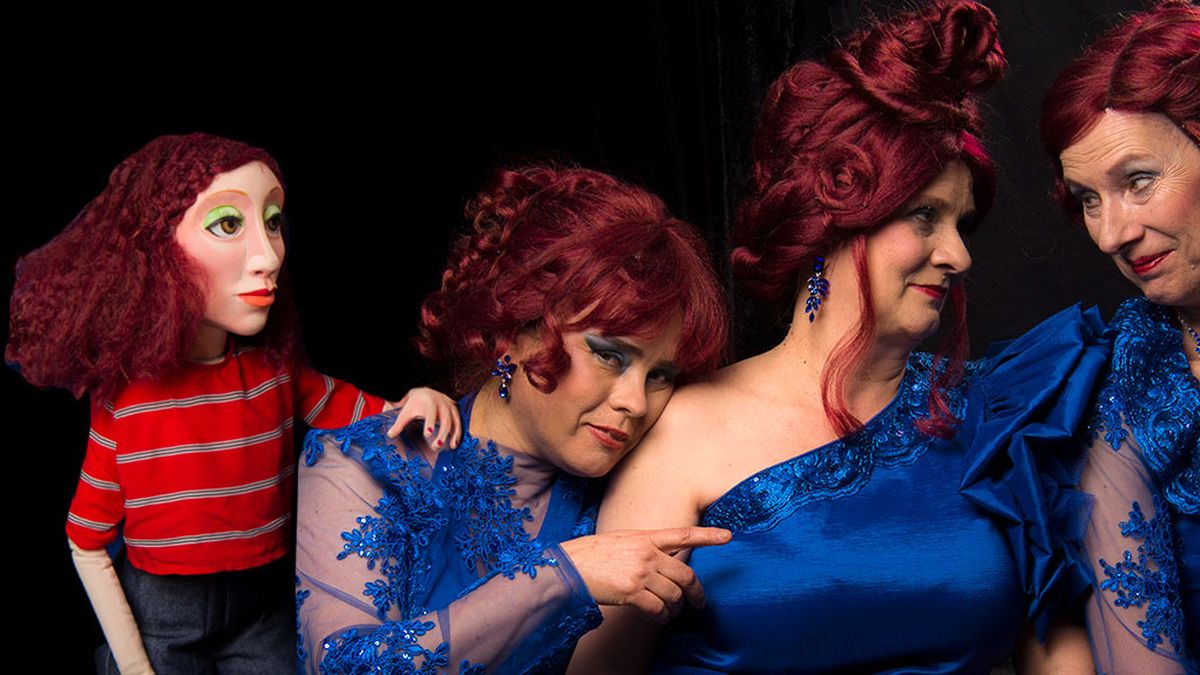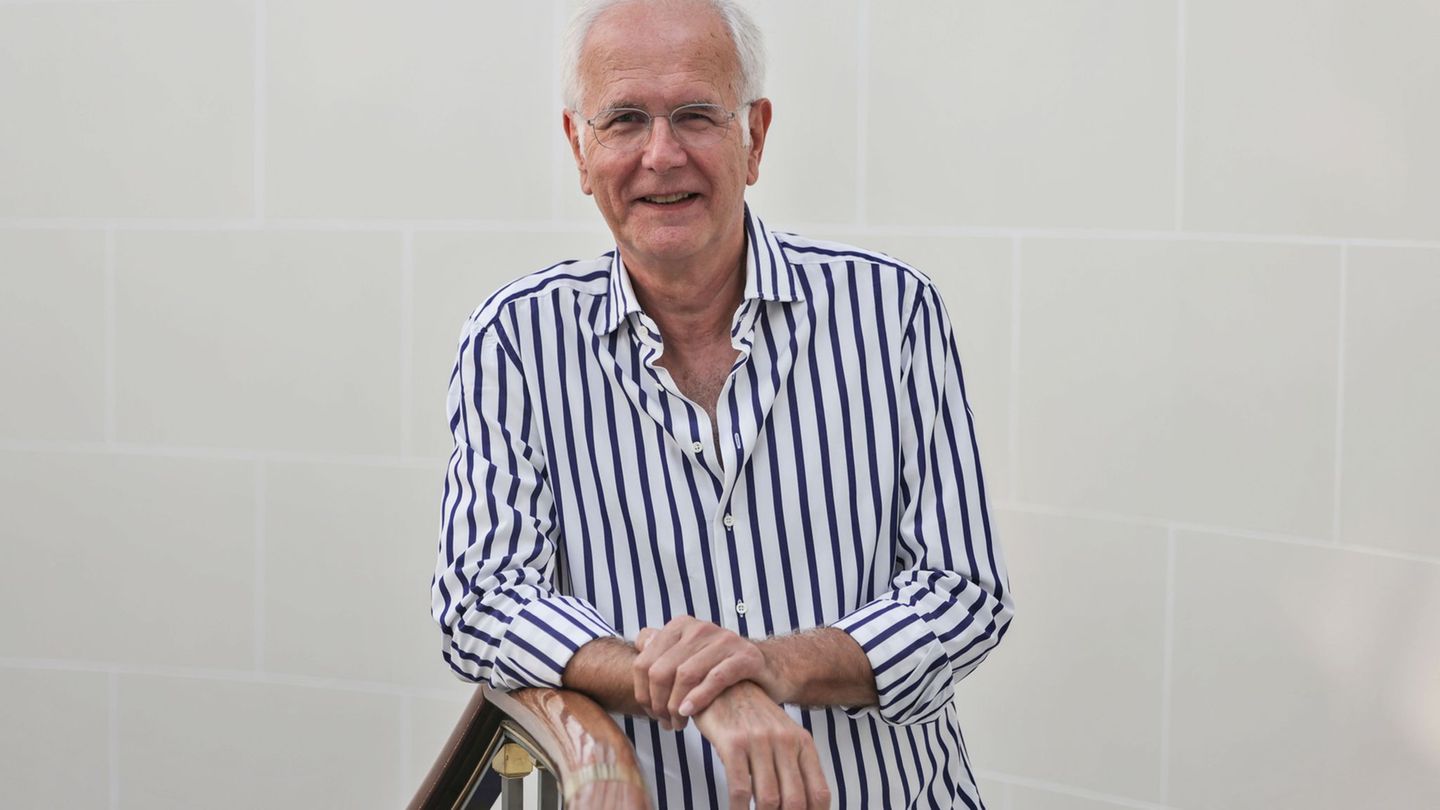Debuts “The dress”, puppet version for adolescent and adult public of the story of María Teresa Andruetto with adaptation and direction of Ana Alvarado For the group of puppeteers of the San Martín Theater that directs Adelaida Mangani.
From Friday, September 5, it will be presented at the Regio Theater (Av. Córdoba 6056) with the participation of the puppeteers Victoriano Alonso, Ariadna Buffano, Yanina Campanini, Laura Cardoso, Eleonora Dafcik, Mariano del Pozzo, Valeria Galíndez, Bruno Gianatelli, Julia Ibarra, Román Lamas, Estanislao Ortiz, Olavia Paz and Florence SVA.
On stage there is a party, a conventional marriage with its always repeated rituals. In the passing of that party, Miriam evokes her past, life with her sister and her mother, her village youth, poverty, the factory, the encounter of love, the children, but also everything of herself that she lost on the road. Then a new conscience is born, and that recovers will no longer stop. In this story there are three possible finals, and Miriam will allow everyone to explore them. We talked with Alvarado.
Journalist: What is special for this award -winning text and how was adaptation to puppets?
Ana Alvarado: The story The dress is from the Argentine authority multipremiada María Teresa Andruetto, owner of a brilliant prose. Two of his novels: mother language and the woman in question, are the best written about women, memory, exile and dictatorship in this country. The dress gives voice to a woman who at the marriage party of her nephew returns backwards, travels her past and will see her environment in a completely new way. The work with the CTBA Titiriteros Group, includes moments of narration, acting with and without puppets, animated objects on stage and objects present in audiovisual modality. It was a very interesting scenic research work.
Q.: What else can we say about that repeated ritual of the marriage party that is so theatrical?
AA: The scene is presented at the beginning of the show as an evocation of a marriage party with its white -lined tables, bows, fabric decorations of soft and glamorous colors, people dressed in label, everything expected of a conventional party and Miriam, the protagonist, with her beautiful blue dress, is no exception.
As the Miriam show progresses, he recalls his youth and, in general, his past and new spaces and objects invade the scene: his widowed and hardworking mother, the neighborhood, the factory, his sister Elba, the sub -manager and the delegate, the crack that separated them and everything coexists with the here and now of a party that follows its course with dance and glasses included.
Q.: What issues appear in this work that also evokes the life of its protagonist and its lost on the road?
AA: In the piece and in the show the life of many people in our country, their rites, their objectives and desires, but fundamentally those of the women of a very, very close past: the simple youth of the neighborhood or town, the deficiencies, the exhausting work or their lack, the desire to marry and have children, the construction of a family and blah, blah, blah. But in the here and now of the Miriam scene I remember and can no longer stop. That day everything will change forever.
Q.: How is that possible endings, how to choose your own adventure?
AA: The scene presents three possible moments of Miriam during the party, three possibilities to face his situation and that new consciousness that has just been born. Each of those options will be faced by a different Miriam that takes up the scene and proposes a different version of the proposal carried out by the previous Miriam.
Q.: How is CTBA and theater and culture in general today? What can you reflect?
AA: My passage through the Regio Theater this year is to direct this show and I enthusiastically received the call to work with the CTBA titiriteros group because it is a very talented and professional team and we enjoy working a lot. My usual work as an author and director is fundamentally in the field of independent theater that is going through a very difficult time given the disinterest of the current national government by artistic-cultural manifestations and for the work and resources necessary for those who carry them out.
Source: Ambito
I am an author and journalist who has worked in the entertainment industry for over a decade. I currently work as a news editor at a major news website, and my focus is on covering the latest trends in entertainment. I also write occasional pieces for other outlets, and have authored two books about the entertainment industry.




